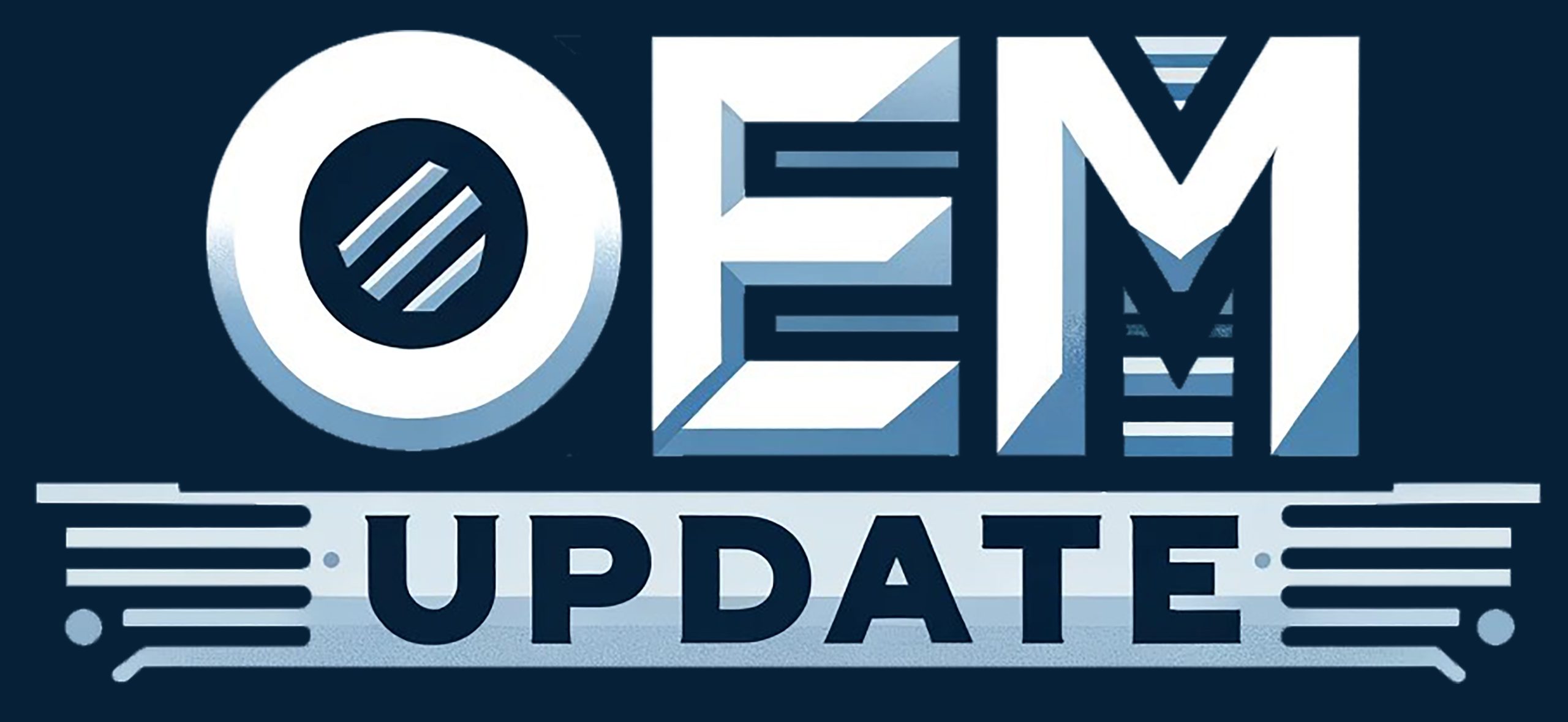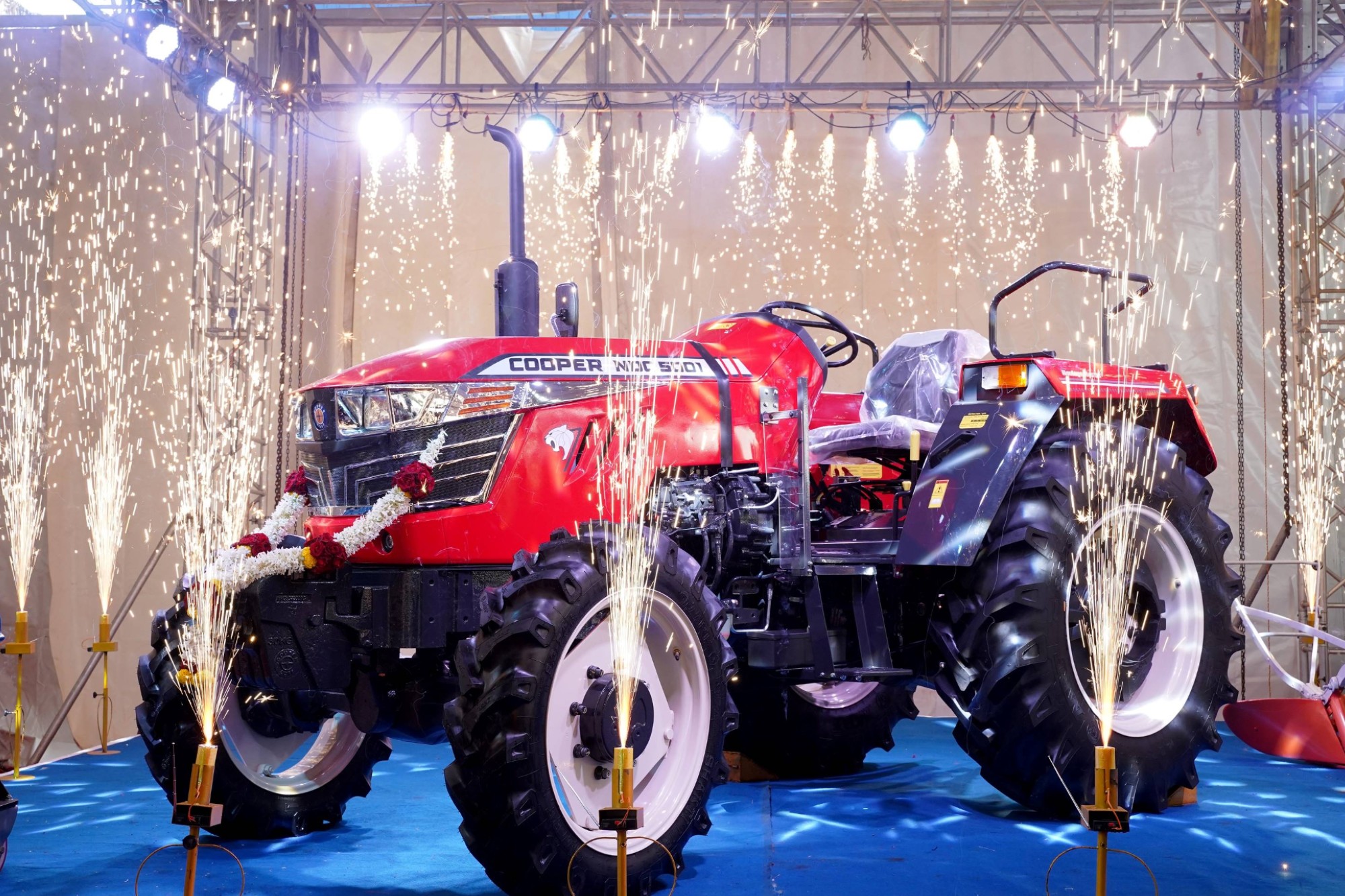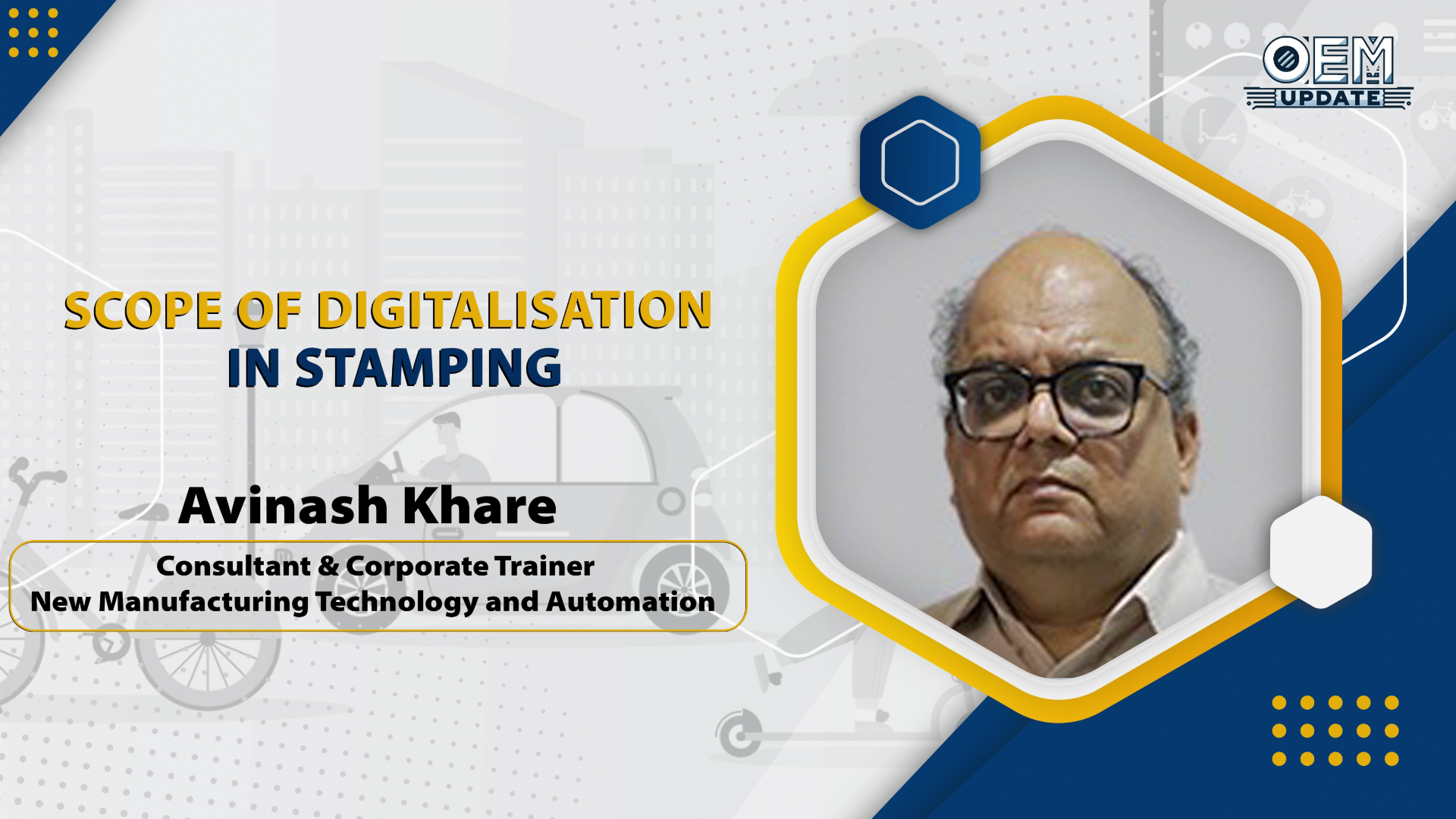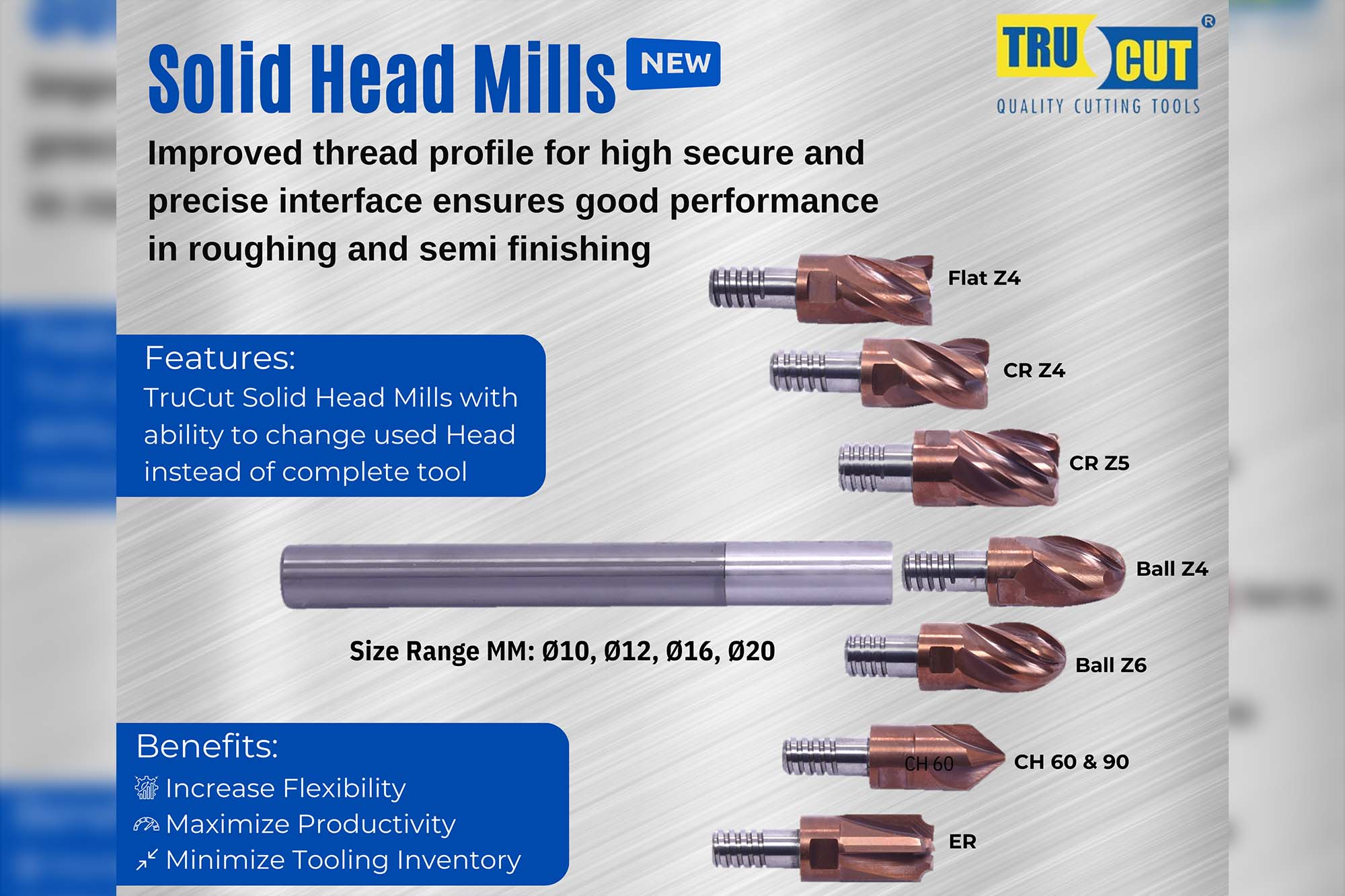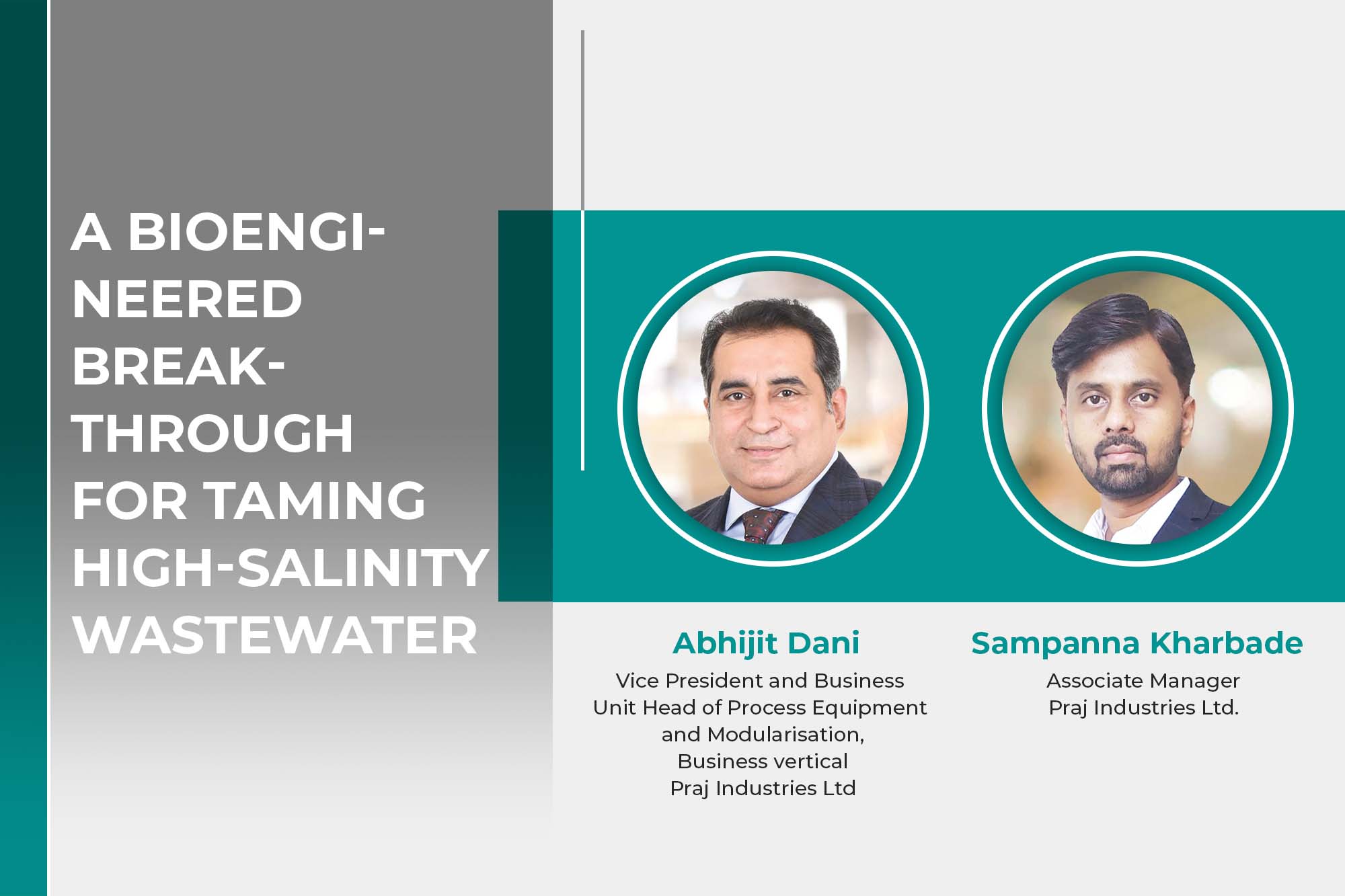MHE industry: future growth and current challenges
By admin April 18, 2013 10:19 am IST
MHE industry: future growth and current challenges
The Indian market is thriving. With the flowing investments, crane manufacturers are smelling a huge prospect. The only thing they need to do right now is face the challenges, squarelyAVR MurthyCEOElectromech
Logically, India has always been a preferred market for multinational companies as they closely see the potential in the Indian market in growth and demand for their products. Heavy investments are being made in this sector as numerous multinationals are setting up their manufacturing units in India because of low-cost labors and excess availability of raw materials like steel and iron.
The Indian material handling equipment (MHE) industry will show a stable growth in the coming years, mainly driven by investment in manufacturing sector taken up by various companies and because of the consistent rise in demand across construction, automobile, power, railways and so on.The foremost contributors without doubt will be infrastructure and construction sectors for the rise in demand for material equipment industry, especially the crane industry in India. The $1 trillion investment announced by the Indian Government on infrastructure and infrastructure projects under the 12th Five-Year Plan has given a much needed boost to the material handling and crane manufacturing industry in revenue and growth. Additionally, the government has shown keen interest in encouraging the private sector to invest in infrastructure projects which will definitely help raise revenue for investments.
With expected surge in infrastructure projects in the coming years, there is bound to be a rise in demand from different industry verticals such as power, real estate, steel, cement, etc. along with allied industries. For example: infrastructure sector will heavily depend on gantry cranes for precast segment yards and bridge constructions. In steel industry, cranes are used for applications like hot-metal handling, ingot and billet handling, coil yards, cut-to-length lines, steel-stock yards, forge shops and foundries. In automobile industry, cranes are used for lifting and material handling purposes at machine shops and assembly lines. Railways, coach-building factory requires handling of various massive parts at multiple locations. Hoists and cranes are highly reliable in load handling and integrated material flow as per the requirements in these huge plants. Steel yard, raw material stores, forge shops, assembly lines, machine shops, etc. require different cranes for a variety of applications.Shipbuilding sector also requires cranes for handling different loads in various processes like construction of enormous liners, ships as well as small vessels. Steel stock yards, assembly stations and dry docks all require cranes. Real estate and power sectors have also witnessed a surge in demand for cranes. With the government supporting various power sector projects, there has been a considerable rise in interest in specialised cranes to meet their demand of diverse material handling needs. Heavy cranes upto the capacity of 250 tonnes are being widely used by windmill manufacturers and transformer manufacturers.
In case of the real estate sector, the market has seen an explosion in high-rise projects in metros and mini metros. Developers are finding using tower cranes more feasible instead of scaffolding. The rise in demand of these cranes is expected to be anywhere between 15-20 per cent annually. Larger tower cranes will also be in demand from power projects, cement plants etc.
Recent trends and Indian clientsThe Indian client base is ever evolving, making the Indian crane and material handling industry more and more client oriented. As investments flowing, the Indian customers have an advantage to choose from an array of premium quality equipments. Even with pricing as a naturally pivotal factor, customers look at the bigger picture keeping in mind the complete technical specification to ensure that the end product covers all the functional characteristics as well as other aspects such as reliability, safety, ease of maintenance etc. In today’s infrastructure projects timeliness as well as delivery and commissioning schedules are favoured by the Indian customer.
Some other credible trends in this sector include numerous international tie-ups that took place in the last decade. Because of this the industry is experiencing a substantial upgrade in quality of products and use of superior technology. This industry is experiencing a cut-throat competition. The approach of the buyer as well as manufacturers has also changed toward customer service. Customers today expect first-class, well-timed service as a norm. Manufacturers have to ensure establishing enabling structures to make sure of minimum customer complaints.
Cookie Consent
We use cookies to personalize your experience. By continuing to visit this website you agree to our Terms & Conditions, Privacy Policy and Cookie Policy.
